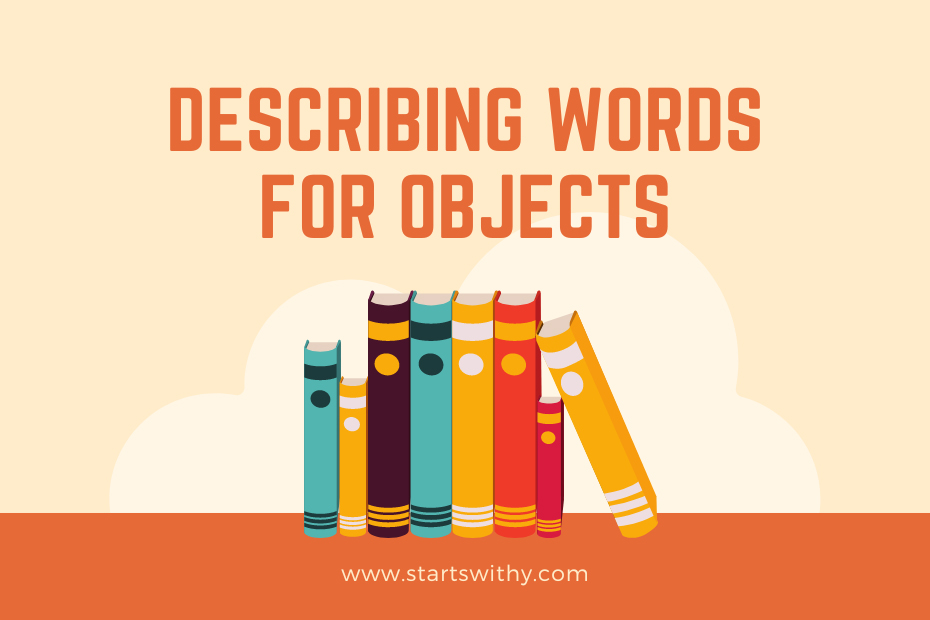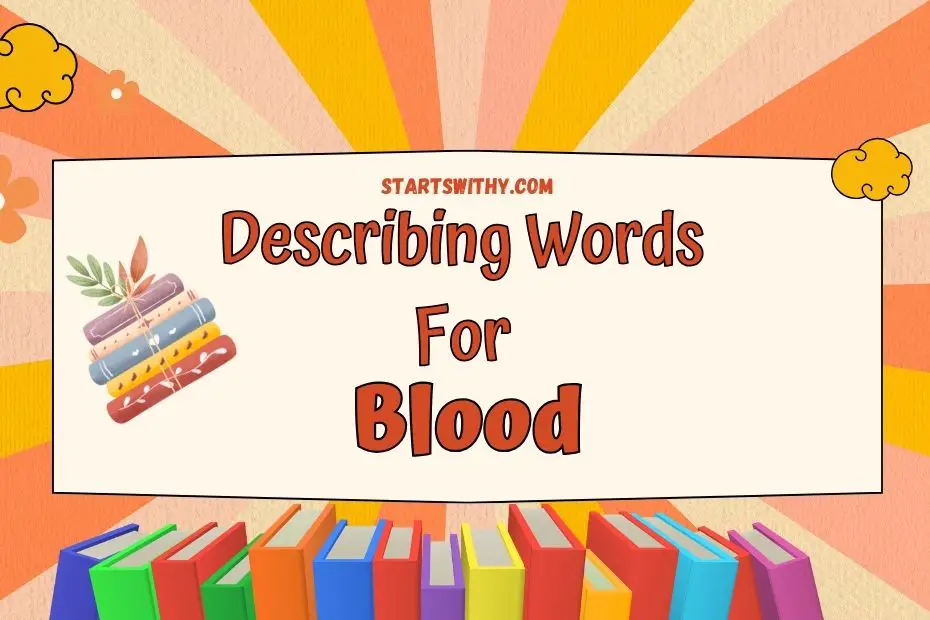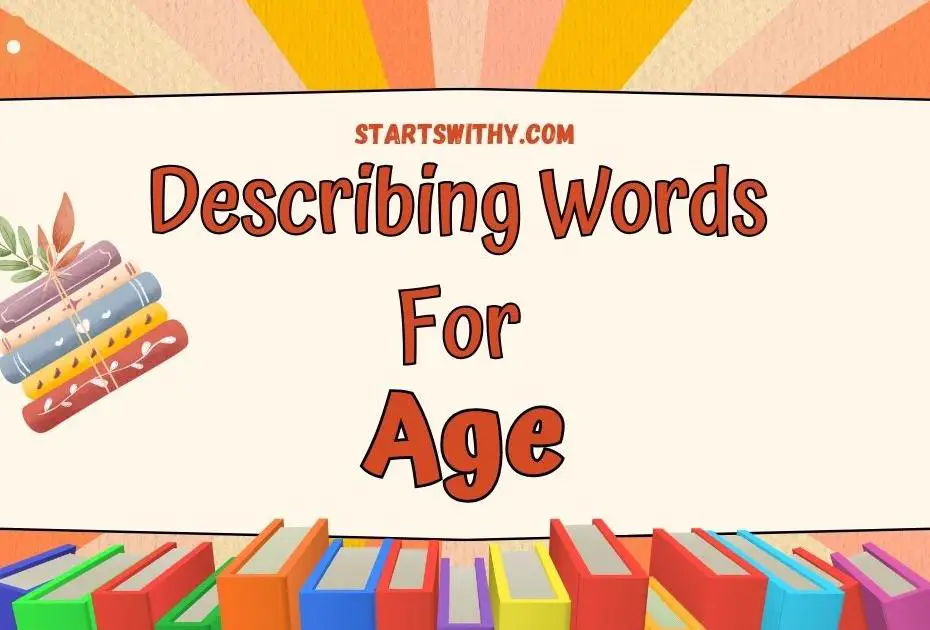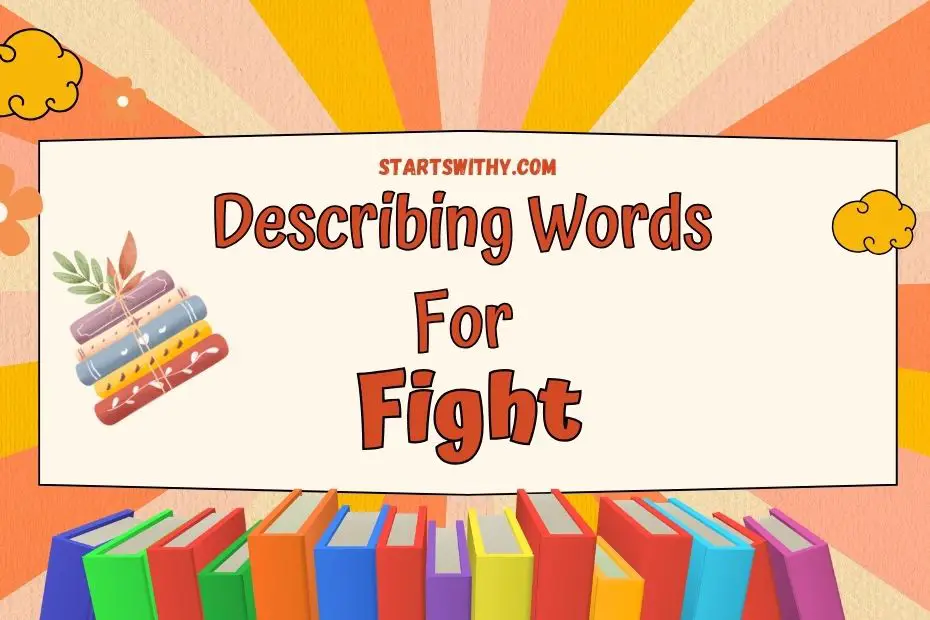Hey there! Are you looking to add some flair to your writing? Well, you’ve come to the right place. In this article, I’ll be diving into the wonderful world of adjectives for objects. Adjectives are like the seasoning that brings out the best in your writing, making your descriptions vivid and captivating. So, whether you’re a writer, a student, or just someone who wants to expand their vocabulary, this article is for you. Get ready to discover a treasure trove of descriptive words and examples that will take your writing to the next level. Let’s get started!
When it comes to describing objects, the right adjectives can make all the difference. They have the power to transform a simple sentence into an engaging masterpiece. From the sleek and shiny to the rugged and weathered, adjectives help us paint a vivid picture in the minds of our readers. In this article, I’ll be sharing a variety of adjectives that you can use to bring your objects to life. Whether you’re describing a piece of art, a piece of furniture, or even a piece of technology, these adjectives will help you create a sensory experience for your readers. So, grab your notepad and get ready to enhance your writing with these descriptive words.
How to Describe objects? – Different Scenarios
When it comes to describing objects, there are various scenarios that require different approaches. As a writer, I aim to provide you with the necessary tools to bring those objects to life through vivid descriptions. Let’s explore how we can describe objects in different contexts:
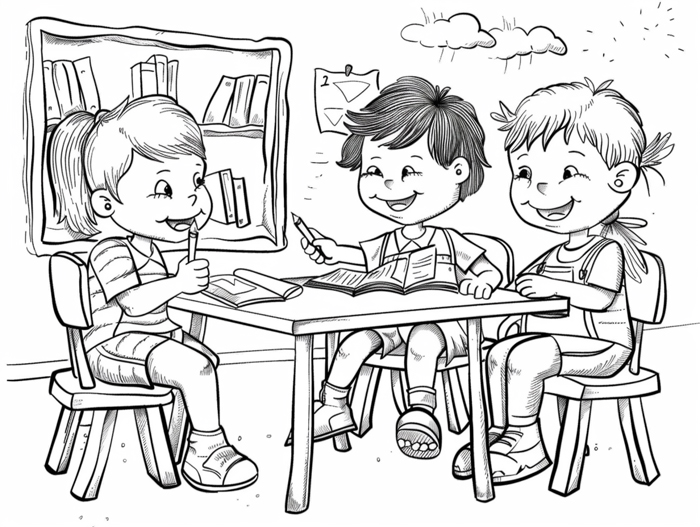
1. Describing Art
When describing art, it is essential to evoke emotions and capture the essence of the piece. Here are a few techniques to master the art of art description:
- Color: Use adjectives such as vibrant, bold, or soothing to convey the visual impact of the artwork.
- Texture: Describe the texture of the piece using words like smooth, rough, or velvety to help the reader imagine the tactile experience.
- Composition: Discuss the arrangement of elements in the artwork, using phrases like balanced, asymmetrical, or dynamic to portray the harmony or tension within the composition.
For example:
The painting depicts a vibrant sunset, with bold strokes of orange and red creating a sense of warmth and energy. The artist skillfully combines smooth brushwork with rough impasto, adding dimension and texture to the piece. The composition is asymmetrical, creating a dynamic tension that draws the viewer’s attention.
2. Describing Furniture
When describing furniture, focus on its functionality, aesthetics, and the atmosphere it creates in a space. Here are a few tips for describing furniture:
- Size and Shape: Use adjectives like sleek, compact, or curvaceous to describe the size and shape of the furniture.
- Materials and Finish: Mention the materials used, such as wood, leather, or metal, and describe the finish, whether it’s polished, distressed, or matte.
- Comfort: Highlight the comfort level by using words like plush, cozy, or ergonomic.
For example:
The sofa is sleek and compact, with curved lines that give it a modern and sophisticated look. It is upholstered in buttery-soft leather, which adds a luxurious touch. The polished metal legs add a touch of elegance. With its plush cushions, this sofa provides the perfect combination of style and comfort.
- Performance: Use words like fast, efficient, or reliable to highlight the device’s performance.
- Features: Describe the key features and functionalities, such
Describing Words for objects in English
When it comes to describing objects, using the right adjectives can bring them to life on the page. By incorporating descriptive words, you can paint a vivid picture that engages the reader’s imagination. In this section, I’ll explore some examples of describing words for objects in English.

To describe an object effectively, it’s important to consider its various attributes. Here are a few categories of describing words you can use:
1. Size and Shape:
- Compact
- Round
- Huge
- Rectangular
- Tiny
2. Materials and Finish:
- Wooden
- Shiny
- Metallic
- Smooth
- Glassy
3. Color and Pattern:
- Vibrant
- Striped
- Dark
- Polka-dotted
- Pastel
4. Texture:
- Soft
- Rough
- Fuzzy
- Smooth
- Bumpy
- Useful
- Decorative
- Practical
- Versatile
- Essential
Using a combination of these descriptive words can help you provide a comprehensive and engaging description of an object. For example, imagine describing a chair:
“The round wooden chair with a smooth finish and a soft cushion provides both comfort and style to any room.”
By incorporating adjectives that describe the size, shape, materials, and function of the object, you can create a more vivid and engaging description.
Remember, when using adjectives to describe objects, it’s important to choose words that accurately reflect the object’s characteristics. Avoid exaggeration and choose words that are precise and accurate.
Examples of Describing Words for Objects
| Size and Shape | Materials and Finish | Color and Pattern | Texture | Function or Purpose |
|---|---|---|---|---|
| Compact | Wooden | Vibrant | Soft | Useful |
| Round | Shiny | Striped | Rough | Decorative |
| Huge | Metallic | Dark | Fuzzy | Practical |
| Rectangular | Smooth | Polka-dotted | Smooth | Versatile |
| Tiny | Glassy | Pastel |
Adjectives for objects
In this section, I’ll delve into various types of adjectives that can be used to describe objects. Using adjectives is a fantastic way to make our writing more vivid and engaging. Let’s explore positive and negative adjectives, along with example sentences, to help us paint a clearer picture.
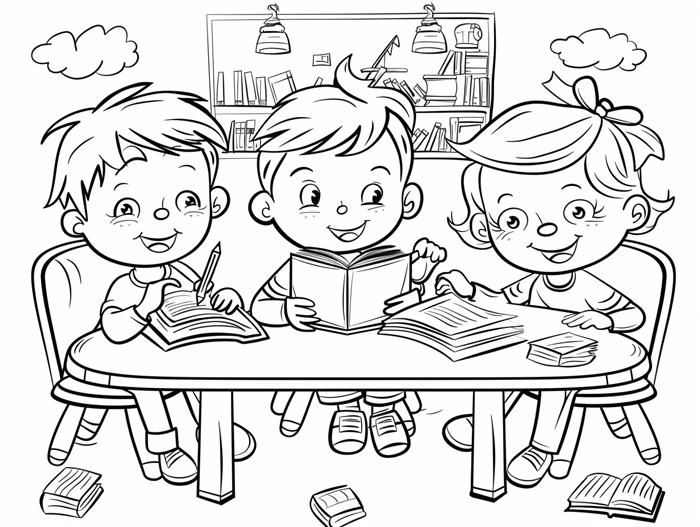
Positive Adjectives for Objects
Positive adjectives are great for highlighting the strengths and qualities of objects. They help create a positive tone and enhance the reader’s perception of the object. Here are twelve examples of positive adjectives that can be used to describe objects:
Adjectives
- Beautiful
- Sturdy
- Elegant
- Vibrant
- Spacious
- Efficient
- Comfortable
- Exquisite
- Reliable
- Versatile
- Durable
- Stylish
Here are some example sentences showcasing these positive adjectives:
- The beautiful painting adorned the walls of the gallery.
- Her room had a sturdy oak desk and chair.
- The elegant vase stood tall on the mantelpiece.
- She wore a vibrant dress that caught everyone’s eye.
- The spacious living room was perfect for hosting parties.
- The efficient blender made preparing smoothies a breeze.
- The couch was incredibly comfortable and perfect for lazy Sunday afternoons.
- He admired the exquisite craftsmanship of the jewelry.
- The reliable car never failed to start on cold winter mornings.
- The versatile backpack had multiple compartments for easy organization.
- The durable suitcase survived countless flights without a scratch.
- The living room looked so stylish with its modern furniture and artwork.
Negative Adjectives for Objects
On the other hand, negative adjectives can be used to express the flaws or drawbacks of objects. While it’s important to be honest, we should use negative adjectives sparingly to avoid being overly critical. Here are five examples of negative adjectives that can be used to describe objects:
Adjectives
- Worn-out
- Flimsy
- Faded
- Cluttered
- Uncomfortable
Here are some example sentences showcasing these negative adjectives:
- The armchair looked worn-out after years of use.
- The flimsy plastic cups kept breaking with the slightest touch.
- The colors of the painting had faded over time.
- The room felt cluttered with too much furniture.
- The old mattress was incredibly uncomfortable to sleep on.
Remember, when using negative adjectives, it’s important to provide constructive criticism rather than just being overly negative.
Synonyms and Antonyms with Example Sentences
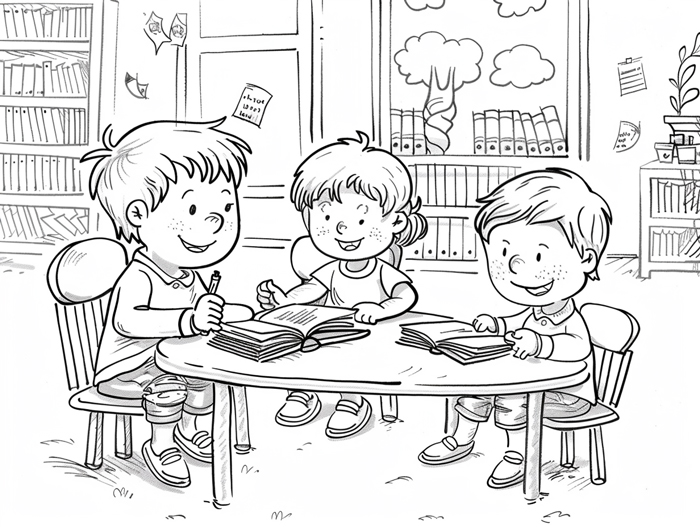
Synonyms for Objects
When it comes to describing objects, it’s important to have a variety of words at your disposal. Using synonyms can help in creating a more vivid and engaging description. Here are some synonyms for common objects:
| Object | Synonym |
|---|---|
| Car | Automobile |
| Cat | Feline |
| House | Dwelling |
| Book | Tome |
| Tree | Arboreal |
| Table | Furniture piece |
| Flower | Blossom |
By using these synonyms, you can add richness to your writing and make your objects come alive in the reader’s mind.
Antonyms for Objects
In addition to synonyms, antonyms can also be useful in describing objects. Antonyms provide a contrasting perspective and can help highlight different aspects of an object. Here are some antonyms for common objects:
| Object | Antonym |
|---|---|
| Smart | Dull |
| Big | Small |
| Fast | Slow |
| Happy | Sad |
| Old | New |
| Clean | Dirty |
| Soft | Hard |
Using antonyms can help provide balance and show the range of qualities an object can have. By incorporating both synonyms and antonyms, you can create a comprehensive and well-rounded description.
Example Sentences:
- The automobile sped down the street.
- The feline gracefully leaped onto the table.
- I walked into the cozy dwelling and felt instantly at home.
- She always carries a large tome in her backpack.
- The tall arboreal swayed gently in the wind.
- I placed the dishes on the wooden furniture piece.
- The vibrant blossom brightened up the garden.
By using synonyms and antonyms, you can enhance your writing and make it more engaging for your readers. Creating a rich and diverse vocabulary is essential in capturing the attention of your audience, especially for young learners.
Conclusion
In this article, we have explored the significance of using adjectives to describe objects in writing. By incorporating adjectives, we can bring our descriptions to life and engage our readers. We have also discussed the use of synonyms and antonyms to enhance our descriptions further.
Synonyms provide us with alternative words that have similar meanings, allowing us to add variety and depth to our writing. Antonyms, on the other hand, provide contrasting words that can help us create more dynamic and vivid descriptions.
Throughout the article, we have provided examples of synonyms and antonyms for common objects, showcasing how these words can be incorporated into sentences to create compelling descriptions.
By using synonyms and antonyms effectively, we can make our writing more engaging, especially for young learners who are just beginning to explore the power of words. So, remember to harness the power of adjectives, synonyms, and antonyms to captivate your readers and make your writing truly stand out.
